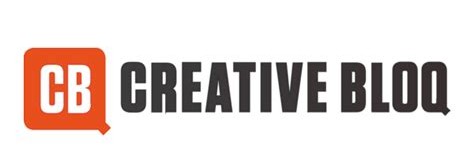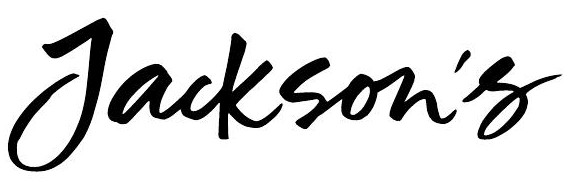Art Through Symbols: Fire
We are drawn to flame like moths by our innate survival instincts – but we are mesmerised by fire far beyond its simple ability to light our way, cook our meals, or warm our bodies. The ember embodies the spark of new life, and the inferno the destruction of another, with ideas on communication, foolishness and power found in between. The Art Through Symbols series explores the interpretation of symbols throughout art history – be they cultural, religious, folkloric, or personal. Each article analyses a series of artworks before detailing an art-making tutorial inspired by the symbol for you to try. Art Through Symbols: Fire Interpreting Fire “A great fire burns within me, but no one stops to warm themselves at it, and passers-by only see a wisp of smoke.” – Vincent Van Gogh The elemental force of fire can be essential for our survival, but it is also one of the greatest threats to it. From a purely aesthetic perspective, the dramatic lighting conditions brought by flame in a darkened room have inspired countless artists to render in chiaroscuro. The motif of a single candle carries a more romantic, calming, or reflective feeling than the …
The post Art Through Symbols: Fire appeared first on Jackson’s Art Blog.










